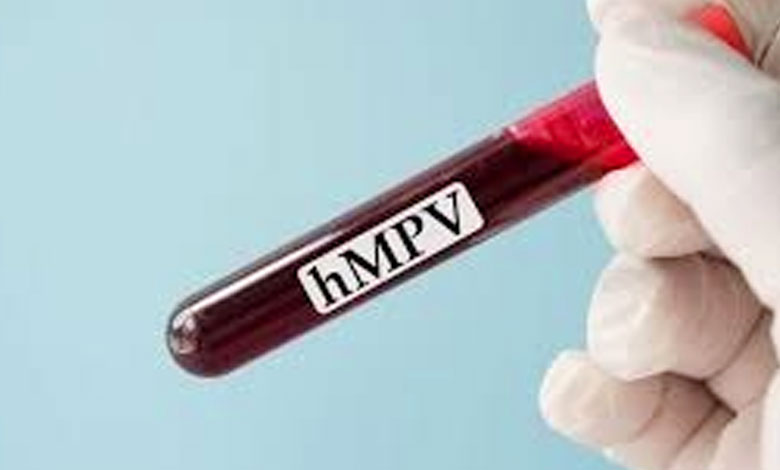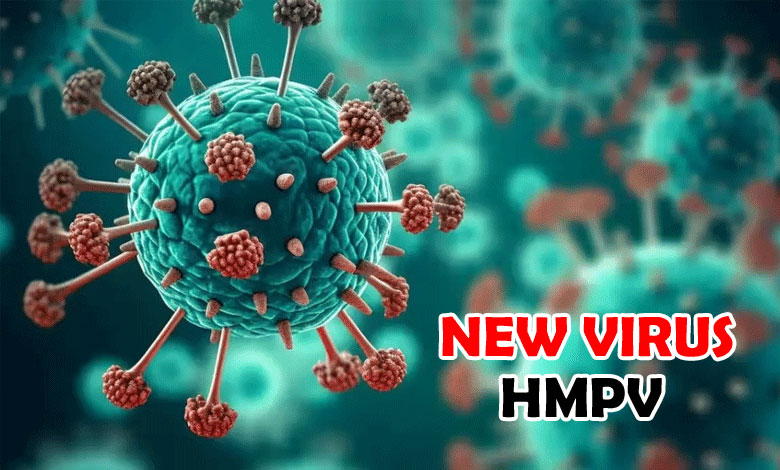Two Children Test Positive for HMPV in Nagpur: No Surge in Respiratory Illnesses, Says Centre
Two children in Nagpur test positive for Human Metapneumovirus (HMPV), bringing the total cases in India to seven. The government assures there is no surge in respiratory illnesses and strengthens surveillance measures.

New Delhi: In a recent health update from Maharashtra’s Nagpur, two children have tested positive for Human Metapneumovirus (HMPV), marking a total of seven cases in India as of Tuesday.
This emerging virus has raised concerns, but health officials have assured that there is no significant surge in respiratory illnesses across the country.
Table of Contents
Details of the Nagpur Cases
The two children, aged seven and 13, were initially suspected to be infected with H1N1 (swine flu), as they presented with similar symptoms. However, following polymerase chain reaction (PCR) tests, HMPV was confirmed as the cause of infection. Both children recovered after receiving outpatient care at the Meditrina Institute of Medical Sciences in Nagpur.
Spread of HMPV in India
As of now, the total number of HMPV cases reported in India stands at seven. In addition to the two cases in Nagpur, the virus has also been detected in other regions, including Karnataka (2 cases), Gujarat (1 case), and Tamil Nadu (2 cases). This indicates that the virus is not isolated to one region, but its spread remains limited.

Health Ministry’s Update on the Situation
The Union Health Secretary, Apurva Chandra, conducted a review of the current situation regarding respiratory illnesses in the country. The ministry’s update reassured the public, stating that there has been no surge in respiratory illnesses, and robust surveillance mechanisms are in place to detect cases of HMPV.
“Sturdy surveillance systems are actively monitoring for any unusual trends in respiratory illnesses,” the government stated in a recent update. As part of preventive measures, states have been advised to increase public awareness about the virus and the steps to avoid its spread.
Health Measures and Surveillance Recommendations
In light of the cases, states have been urged to enhance their surveillance for influenza-like illnesses (ILI) and severe acute respiratory infections (SARI). This includes strengthening the surveillance network to ensure the prompt detection of any potential outbreaks. These actions are crucial in preventing the spread of respiratory infections and in managing any cases of HMPV effectively.
Union Health Minister J.P. Nadda reassured the public by stating, “There is no reason to worry. We are closely monitoring the situation and are ready to respond promptly to any emerging health challenges.”

Expert Opinion on HMPV
Dr. Raman Gangakhedkar, a former scientist from the Indian Council of Medical Research (ICMR), shared his insights on HMPV. According to Dr. Gangakhedkar, HMPV is not considered deadly, and there is currently no evidence to suggest a high mortality rate or severe transmission.
“HMPV infections are generally mild and resemble the common cold in symptoms, which typically last for about 4 to 5 days. The virus can cause pneumonitis-like illness in some cases, but the mortality rate remains unknown,” Dr. Gangakhedkar explained. He also pointed out that the virus’s global prevalence is around 4 percent, indicating that it is a relatively common but non-deadly virus.
Also Read | HMPV Cases in India: Third Case Detected in Gujarat
What Is HMPV?
Human Metapneumovirus (HMPV) is a respiratory virus that primarily affects young children, elderly individuals, and people with weakened immune systems. It is one of several viruses responsible for causing upper respiratory infections, such as the common cold, as well as more severe illnesses like pneumonia in certain high-risk groups.
While it has a global prevalence, the disease caused by HMPV is usually mild, with most infected individuals recovering without the need for hospitalization. However, as with other respiratory viruses, it can be more dangerous in young children, the elderly, and those with underlying health conditions.
